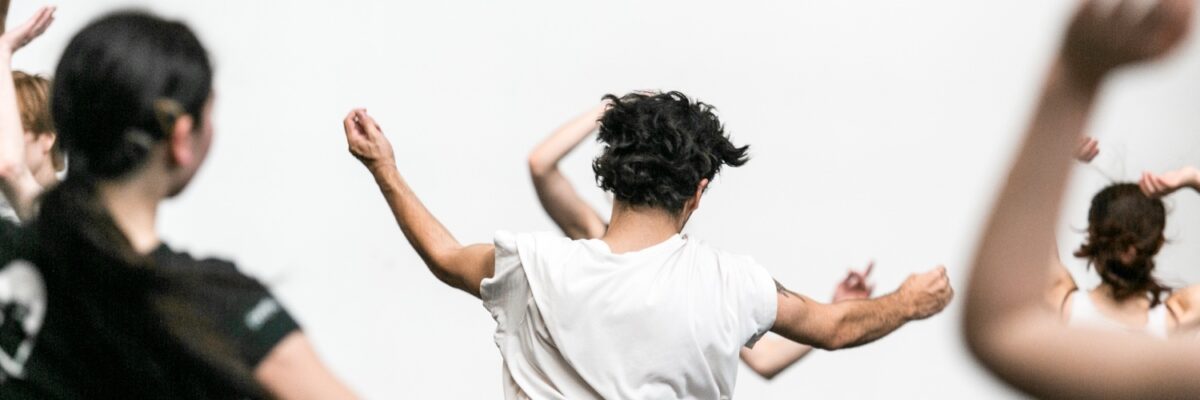Overview courses:
Body studies I (1st year) - 6 ECTS
Body studies II (2nd year) - 5 ECTS
Body studies III (3rd year) - 4 ECTS
Teachers 2022-2025: Teachers Training
BODY STUDIES
These courses offer a theoretical and practical reflection on the study of the body; these practices are not artistic in themselves but serve to reinforce the artistic practice. The body is the main instrument of the dancer, and by learning to know it well and use it well, a dancer can work better with it and prevent injuries.
For most of the academic year, 3-days a week, the day starts with a session of yoga, , sometimes replaced by a different technique such as Pilates, body conditioning or injury prevention. The other courses are offered in workshop formats.
In the 3rd year, students can propose to develop their individual warm-up practice instead of participating in the collective classes.
Yoga
Some teachers work with Do-Zen, based on Oki yoga and Iyengar yoga, adapted towards the needs of dancers. The main goal is to offer a better insight in and knowledge of the body, at the same time as the full body is strengthened and made more supple. It aims to create an open state. Other teachers work with Hatha yoga, in which specific combinations of physical postures and breathing exercises bring quietness for the mind, warm up the body and raise the consciousness of the alignment of the body, and bring power into the limbs and joints.
The yoga class increases the consciousness of the individual body and the limitations that can be worked on. For the students, it is also a warm-up and anchoring point. When practiced consistently for a long time, it is an important factor in injury prevention.
Shiatsu
The study of shiatsu offers a different perspective for understanding the functions and movement dynamics of the body. The classes focus on a.o. concept of hara (body center), the concept of yin and yang, the relation between movement and breathing, the dynamics of food and its effect on the physical and mental conditions.
Shiatsu helps the students gain more insight into their mental and physical condition, to support the demanding dance training.
Pilates, Feldenkrais, Tai chi, body conditioning, faxia, Alexander technique
Next to the intensive yoga training, P.A.R.T.S. introduces a limited number of different physical training practices. Diversity can be enriching and produce additional experiences in the development of physical and movement knowledge. Different body types can need different approaches of physical and movement research. This diversity helps the students to make an informed choice of what is best for their body.
Anatomy
Anatomy classes are organised in the 1st year. The classes provide a global insight into the skeletal, muscular, visceral and neurological systems of the human body. Special attention is given to the interactions between these systems, especially those that are important for dancers. Another focus is on anatomical knowledge that can help prevent injuries.

